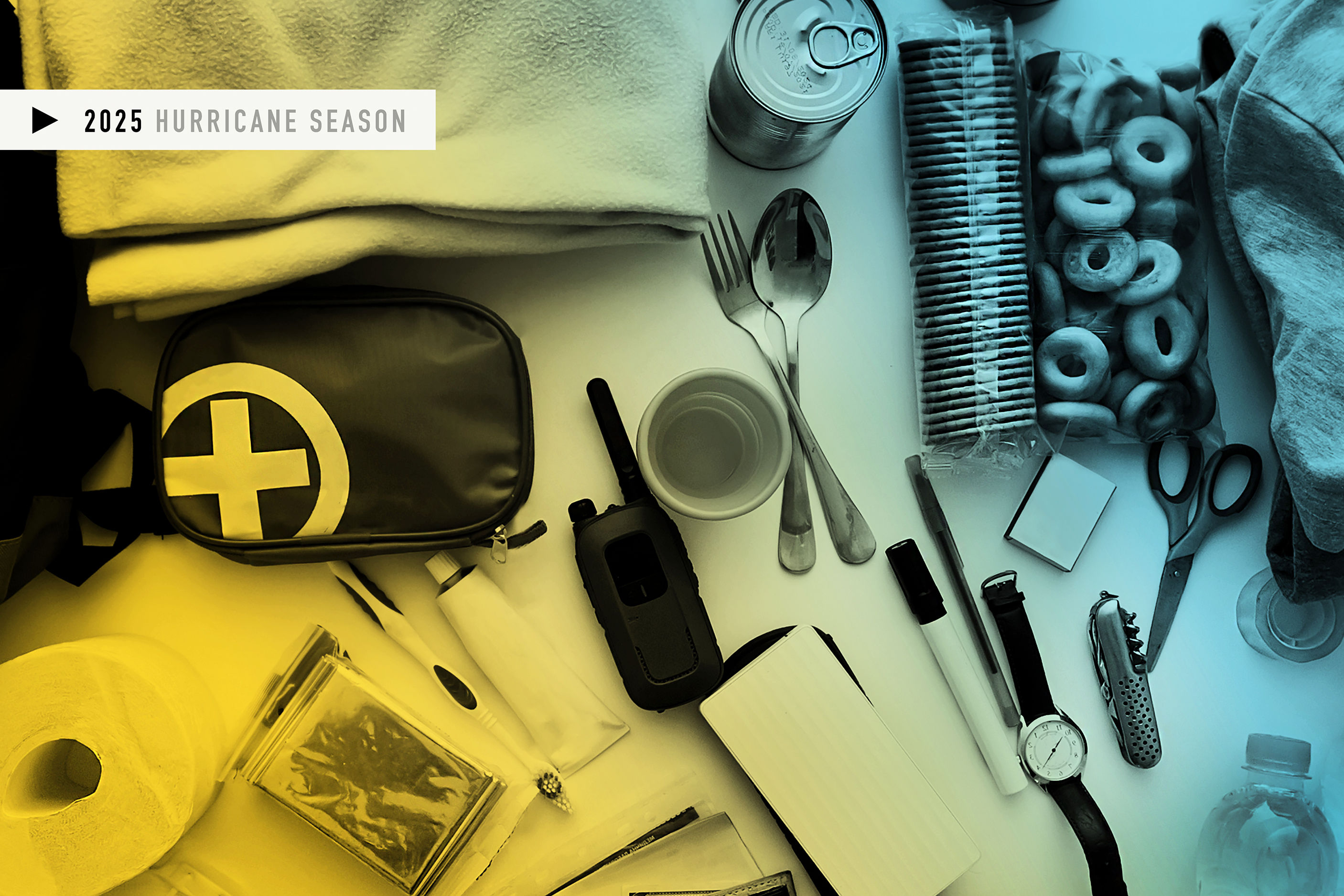Layers of Protection: Swim Safe this Summer

Image: Shutterstock
To accompany our story “The Complicated Truth About Children and Drowning,” the Colin’s Hope Foundation provided these tips for safe swimming:
Ensure Constant Visual Supervision
Implement a plan before going swimming. Pass a necklace, hat, or other item to a new supervising adult after a set interval of time (Colin’s Hope provides wristbands). The adult pledges not to take his or her eyes off the pool during that time, meaning that use of a phone should be for emergencies only. This person should be present in addition to the lifeguard and be aware that drowning happens silently and quickly.
Learn To Swim
This goes for both kids and adults. When kids ages 1 to 4 get formal swimming lessons, the risk of drowning decreases 88 percent.
Wear Life Jackets
This applies to weak swimmers and non-swimmers near any body of water.
Put Barrier Fence Between Children And The Water
Correctly secure pools, hot tubs, and spas.
Safety Begins At Home
Domestic hazards include bathtubs, kiddie pools, toilets, sinks, buckets, washing machines, ice chests, open fish tanks, and water-based plants, in addition to pools and hot tubs.
Always Suspect The Water
If a child goes missing for any reason, check the water before looking anywhere else.
Practice Drain Safety
A defective or out-of-date pool, hot tub, or spa drain cover may trap a swimmer’s hair, jewelry, clothing, or extremities. Teach children about drain hazards and know the location of the shut-off switch.
Be Safer In Open Water
Oceans, lakes, rivers, ponds, and other bodies of water bring additional risks, including opaque water and currents. Always swim with a buddy and under the supervision of a lifeguard if possible, and always wear a lifejacket.
Know Drowning CPR
When administering CPR to a drowning victim, both compressions and breaths are necessary.




